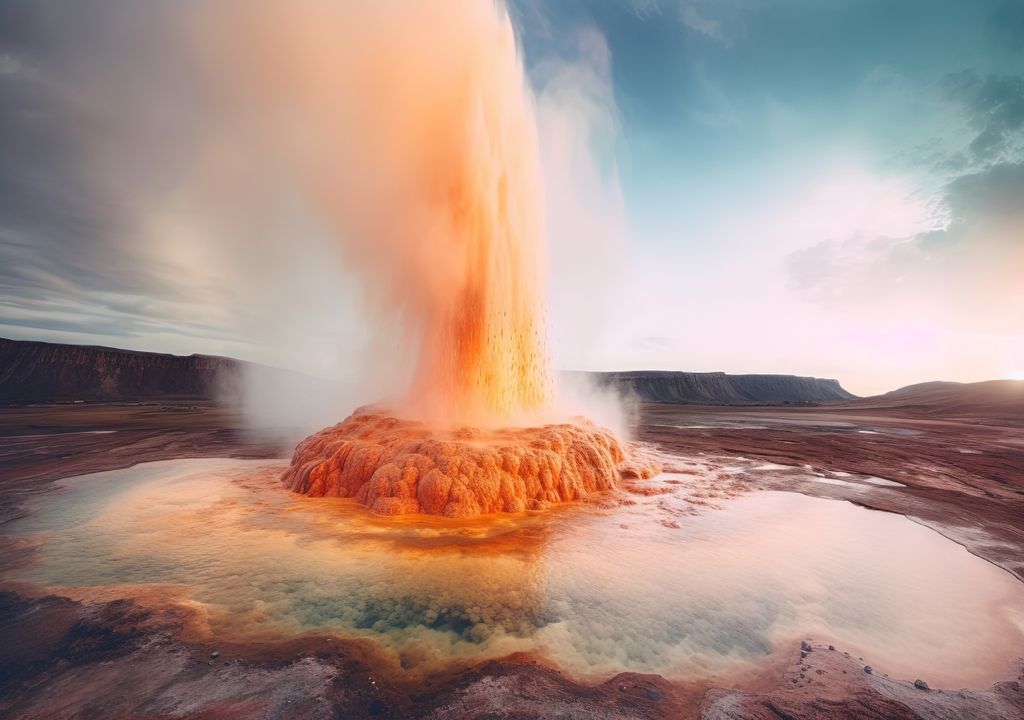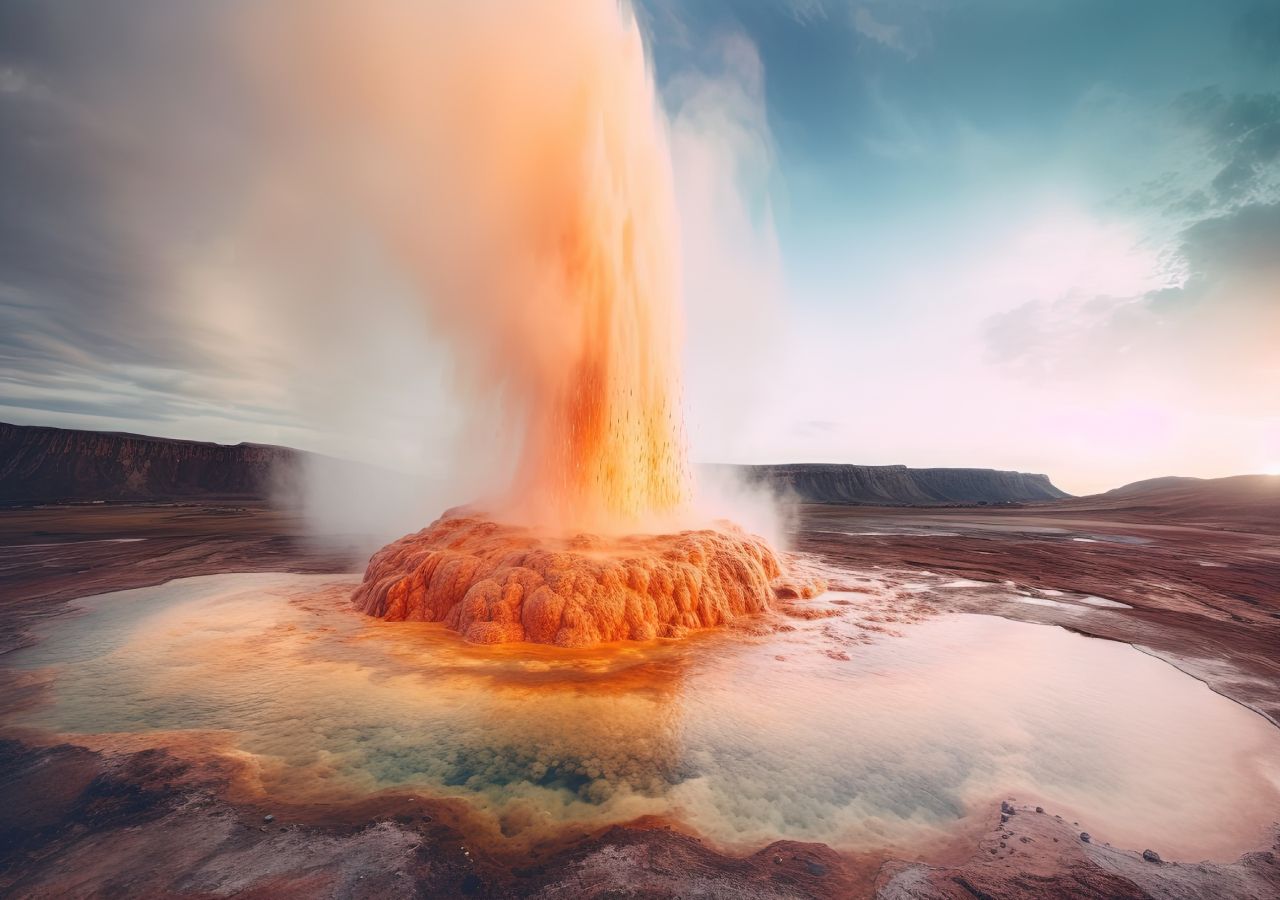
A new study for NASA The search for life extends beyond our solar system, which suggests this 17 exoplanets (planets outside our system) could have liquid water oceansan essential element for life, beneath the ice shells. Water from these oceans can also burst through the ice crust in the form of geysers..
The scientific team calculated the amount of geyser activity on these exoplanets, which is the first time such estimates have been made. It has been identified Two exoplanets are close enough to detect the signals from these explosions with telescopes.
The search for life elsewhere in the universe typically focuses on exoplanets that lie in a star’s “habitable zone,” a distance where temperatures allow liquid water to survive on their surfaces. but, A very cold, distant exoplanet could have an ocean beneath an icy crust, if it had enough internal heating.
This is what happens in our solar system, where Europa, one of Jupiter’s moons, and Enceladus, one of Saturn’s moons, It contains underground oceans, because their temperature is raised by the tides caused by the planet’s gravity Host and neighboring satellites.
These subsurface oceans could support life if they had other needs, such as energy supplies.As well as the elements and compounds used in biological molecules. On Earth, entire ecosystems develop in complete darkness at the bottom of the oceans, near hydrothermal vents, which provide energy and nutrients.
Is there a possibility for liquid water to exist on any exoplanet?
The team analyzed the conditions of 17 confirmed exoplanets that are roughly the size of Earth but less dense, suggesting this They may contain large amounts of ice and water rather than denser rock. Although the exact composition of the planets is still unknown, preliminary estimates of their surface temperatures indicate that they are much cooler than Earth, indicating that Their surfaces may be covered with ice.
Dr. Lena Quick of NASA’s Goddard Space Flight Center.
The study improved estimates of each exoplanet’s surface temperature by recalculating them using the known surface brightness and other properties of Europa and Enceladus as models. The team also estimated the total internal heating of these exoplanets using The orbit of each exoplanet is shaped to capture tidal heat Add it to the expected heat from radioactivity.
Estimates of surface temperature and overall warming gave the thickness of the ice cover for each exoplanetThe oceans cool and freeze on the surface while being heated from within. Finally, they compared these values with those on Europa and used the estimated levels of geyser activity on Europa as a conservative basis for estimating geyser activity on exoplanets.
The presence of water on exoplanets
Water may contain other elements and compounds that can reveal whether a planet is capable of supporting life. Since elements and compounds absorb light in specific colors, analyzing starlight will allow scientists to determine the geyser’s composition and assess the exoplanet’s habitability.

For planets like Proxima Centauri b, which do not pass through their stars from our view, geyser activity can be detected with powerful telescopes capable of measuring the light reflected by the exoplanet as it orbits its star. The geysers will expel icy particles to the exoplanet’s surfaceThis makes the exoplanet appear very bright and reflective.
News reference:
Quick L., Roberge A., Mendoza G., et al. Prospects for cryovolcanic activity on cold ocean planets. Astrophysical Journal (2023).

“Coffee trailblazer. Social media ninja. Unapologetic web guru. Friendly music fan. Alcohol fanatic.”

